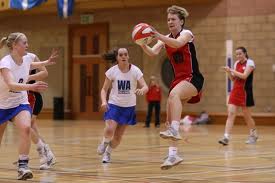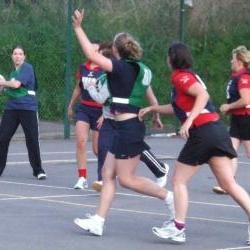Posts Tagged ‘netball’
From the ground up: how to get fit for netball
The Physical Demands of Netball

England have completed a series whitewash against World Champions Australia, England netball ‘s “Back to Netball” scheme is trying to get more women playing. but are they fit enough to play?
Read MoreReturn to Netball Training: A physio’s perspective.
How to prevent a netball injury
 I went to netball training last night with the Tiverton Terriers. It was a cold, damp evening with areas of surface water on the court. It was the first session of the year, all of us de-conditioned from the Christmas break but pleased to be back to enjoy the game and catch up with friends.
I went to netball training last night with the Tiverton Terriers. It was a cold, damp evening with areas of surface water on the court. It was the first session of the year, all of us de-conditioned from the Christmas break but pleased to be back to enjoy the game and catch up with friends.
